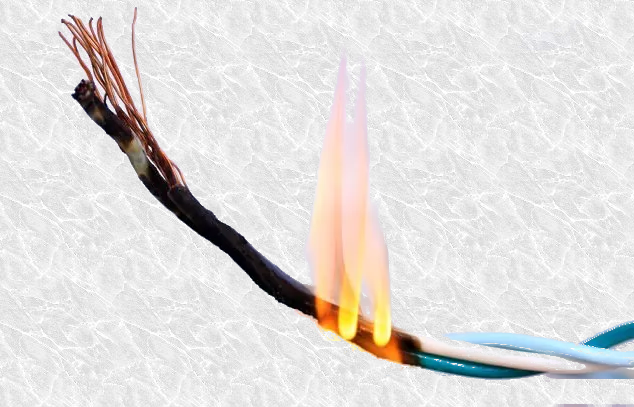Safety In Design
In one project that I got involved with, I came up with several options for cable selection. In all options, the current carrying capacity of the cables after applying derating factors are all acceptable. The voltage drop in all options also satisfies the requirements. Fault-loop impedance as well is not a problem.
The options I came up using a PVC/Cu/PVC 75OC cable are:
- Cable - 2 x 300 mm²
Voltage Drop - 1.61V (0.40%)
Cable Temperature - 62.0 OC - Cable - 2 x 240 mm²
Voltage Drop - 2.53V (0.63%)
Cable Temperature - 71.8 OC - Cable - 3 x 240 mm²
Voltage Drop - 1.2V (0.30%)
Cable Temperature - 45.8 OC
With all parameters satisfying the project requirement, all options will be acceptable. And the most economical will be using a 2 x 240 mm² cable. But hold on, the cable operating temperature is only 3 degrees below the cable rated temperature, will I be using it? Yes or no. Honestly, I will not! Even if it satisfies my design parameters. Some cable manufacturers allow for overloads on their cables but again, it is I, as the Design Engineer who will be accountable and not the cable manufacturer.
Exposure to high temperatures particularly for cables with thermoplastic insulation will make the insulation crack and later on, the insulation will become carbonized. A carbonized insulation will become a conductor. That will be when the problem occurs. The problem will not pop up during the early years of the project but may take decades. This problem plus poor maintenance will lead to another occurrence of 'faulty electrical wiring'.
Faulty Electrical Wiring
In the Philippines, it was very easy for authorities to say that the cause of building fires is Faulty Electrical Wiring.
Being a Filipino Electrical Engineer, I always feel degraded when I hear people saying that the cause of fire was faulty electrical wiring. Why do the electrical practitioner always be blamed for the omissions or actions of non-electrical people.
Most of the time, the owners are to be blamed as they wanted to have the best in their building except for the electrical installations. They hire unqualified people to do electrical job.
Unless the government, IIEE and all registered electrical practitioners will be more vigilant in eradicating this practice of employing unqualified electrical practitioners to do electrical jobs, the news about faulty electrical wiring will always pop-up every now and then.
